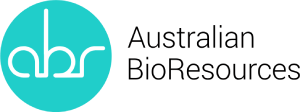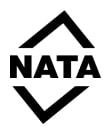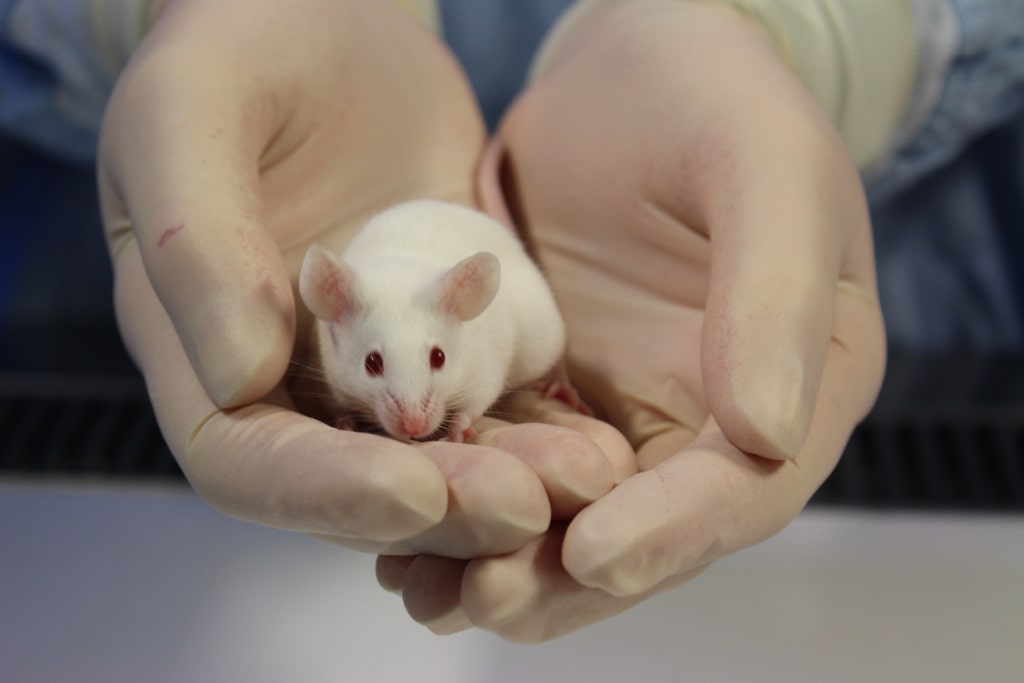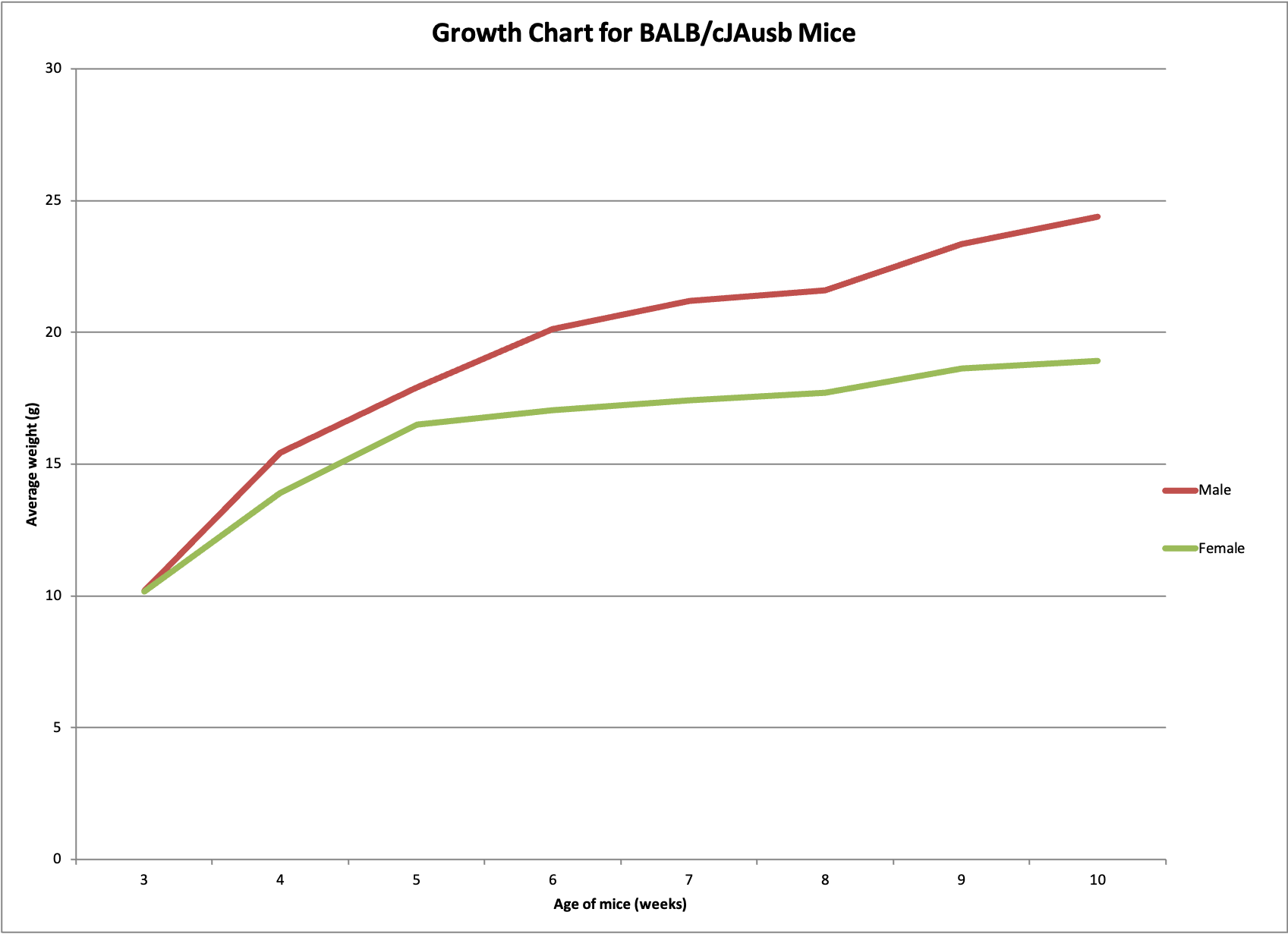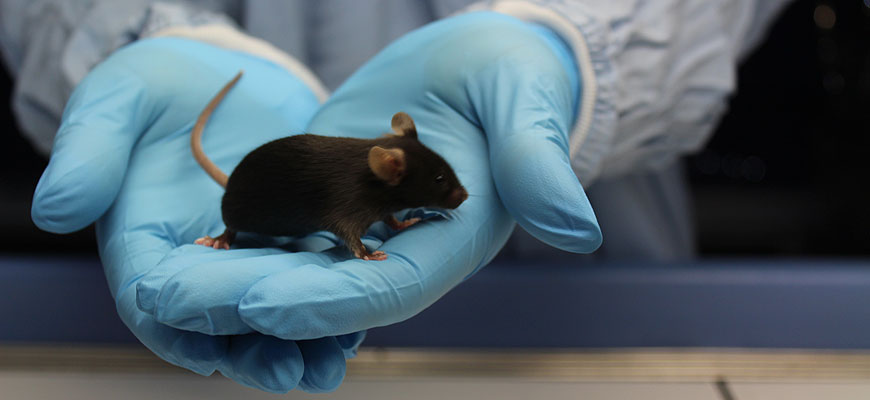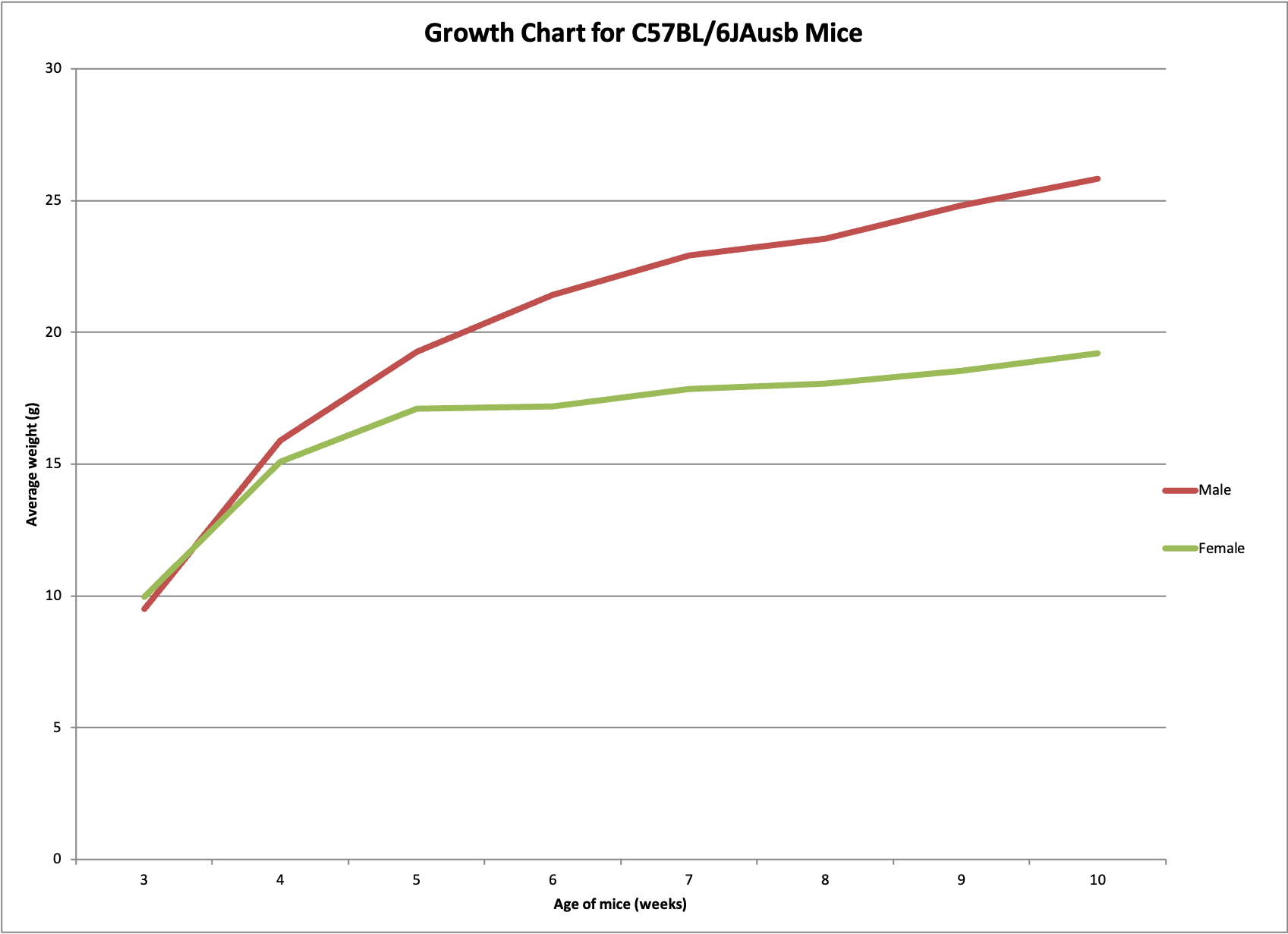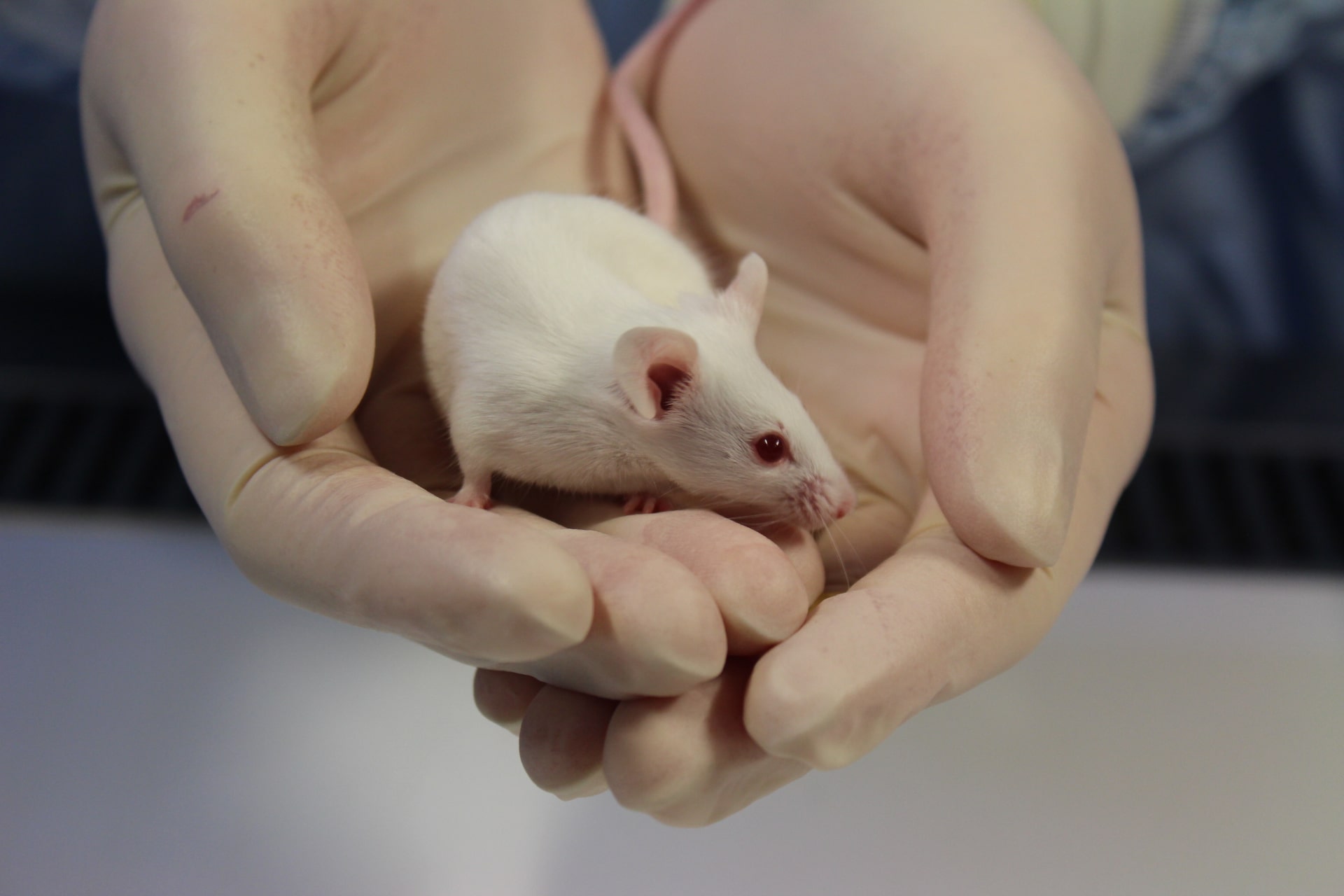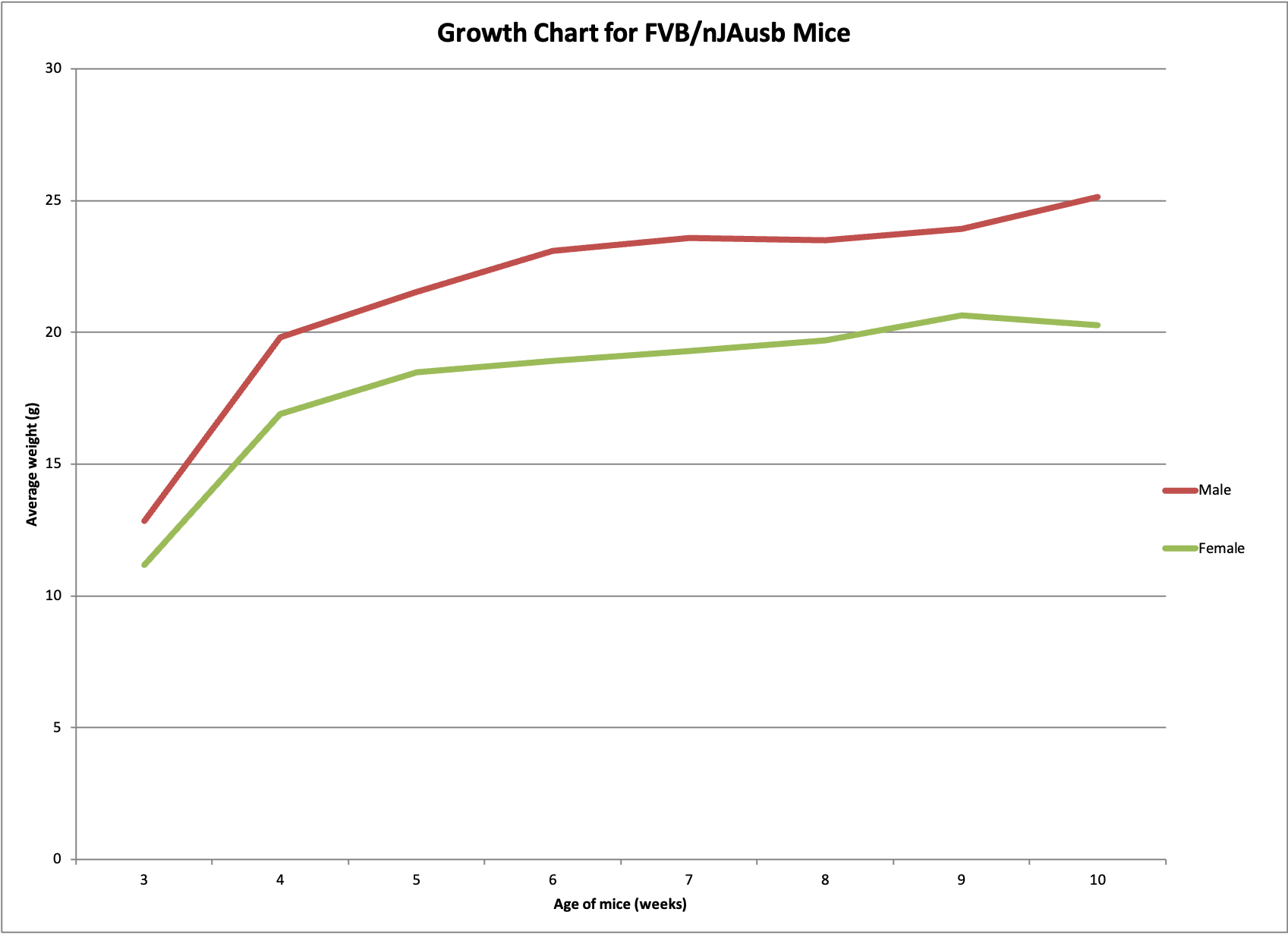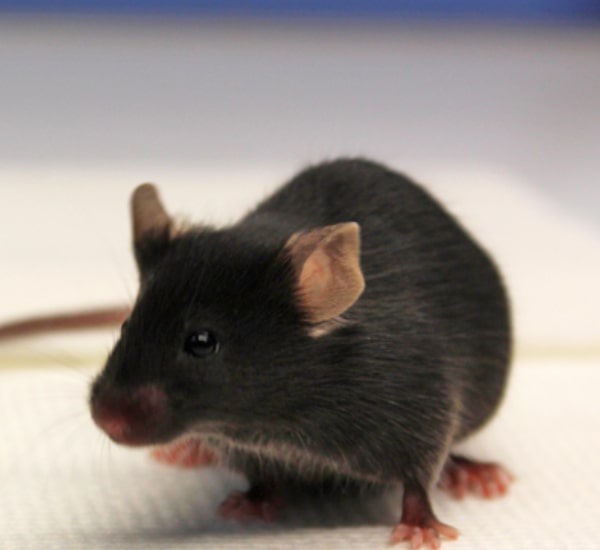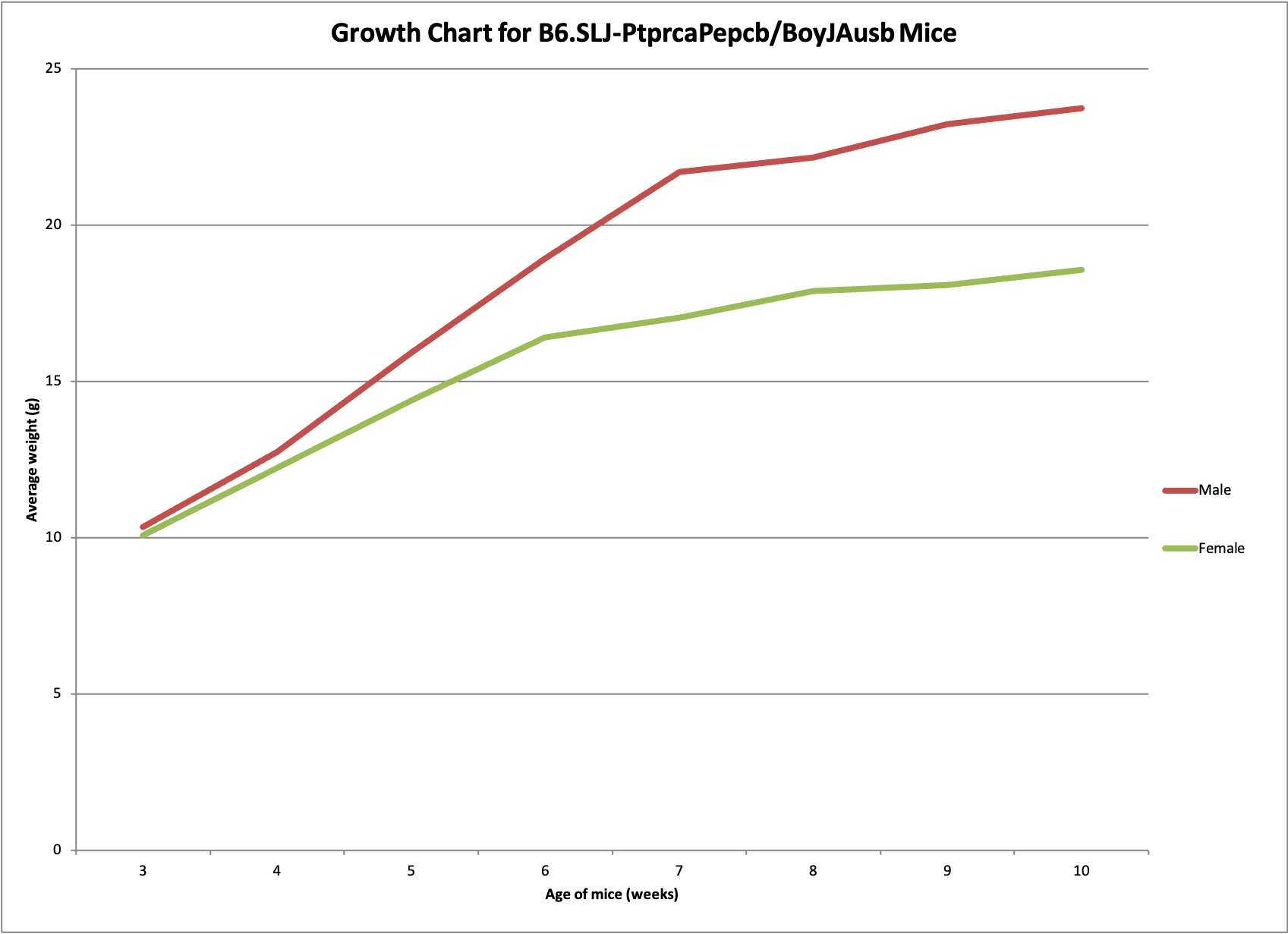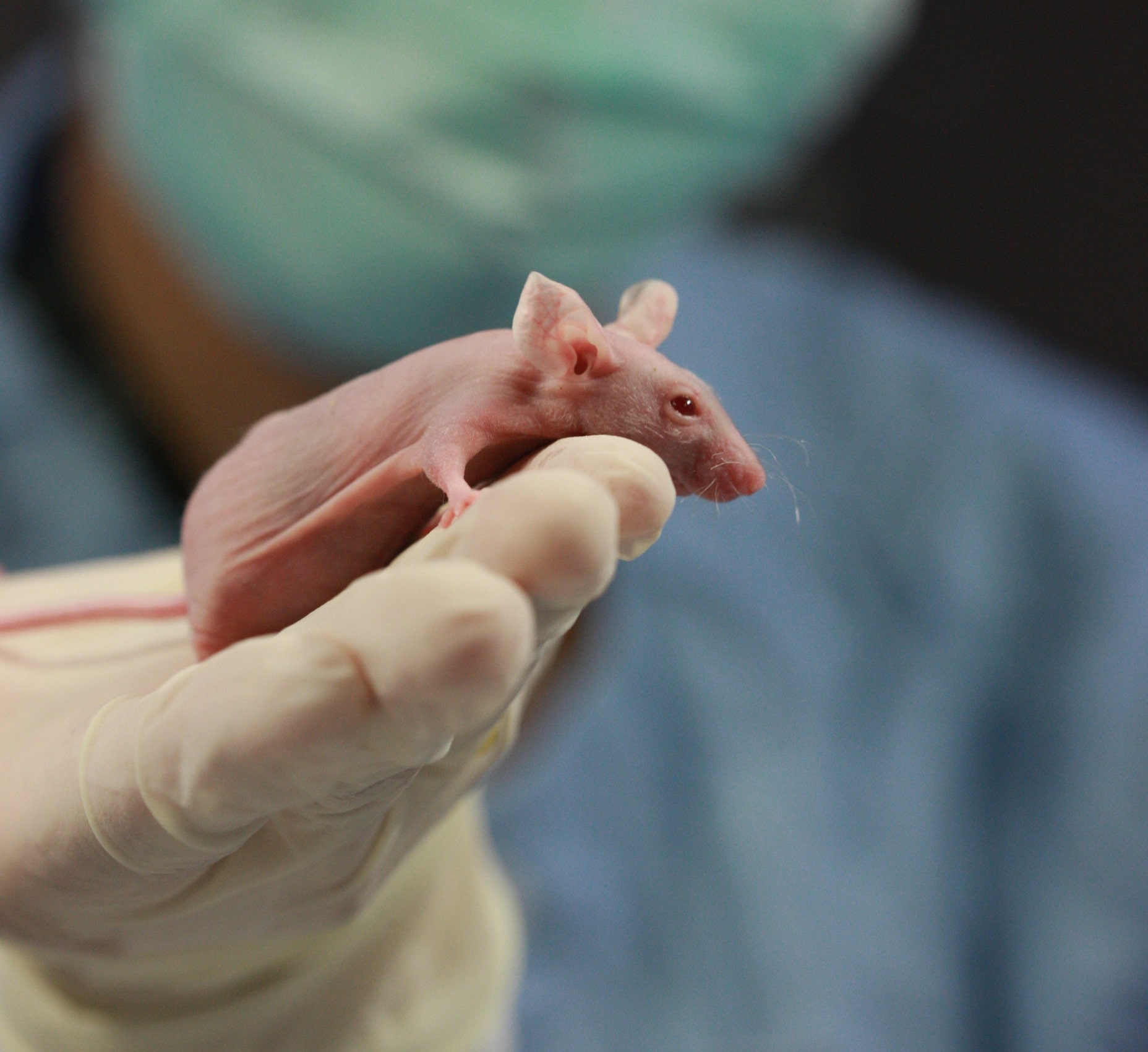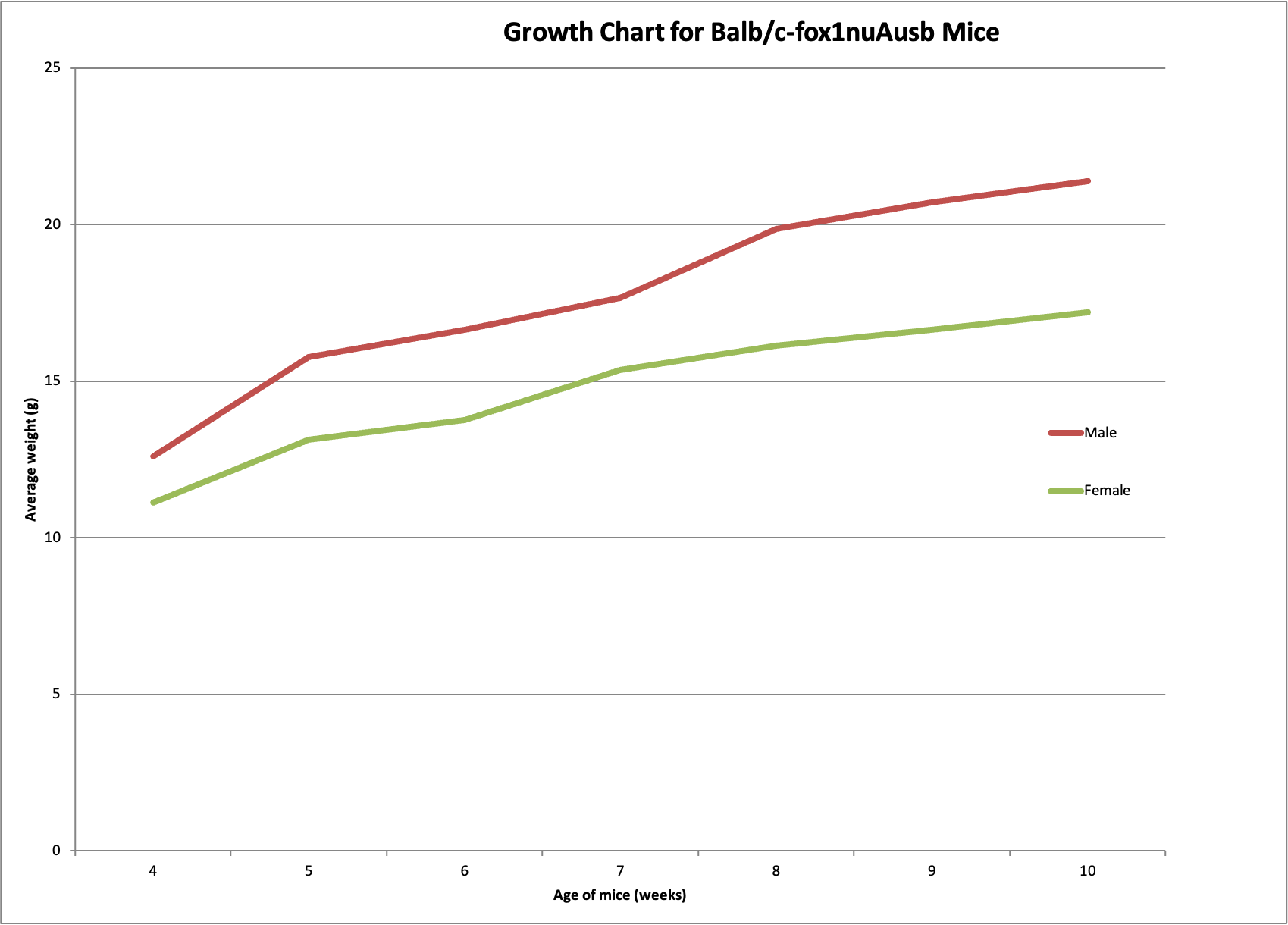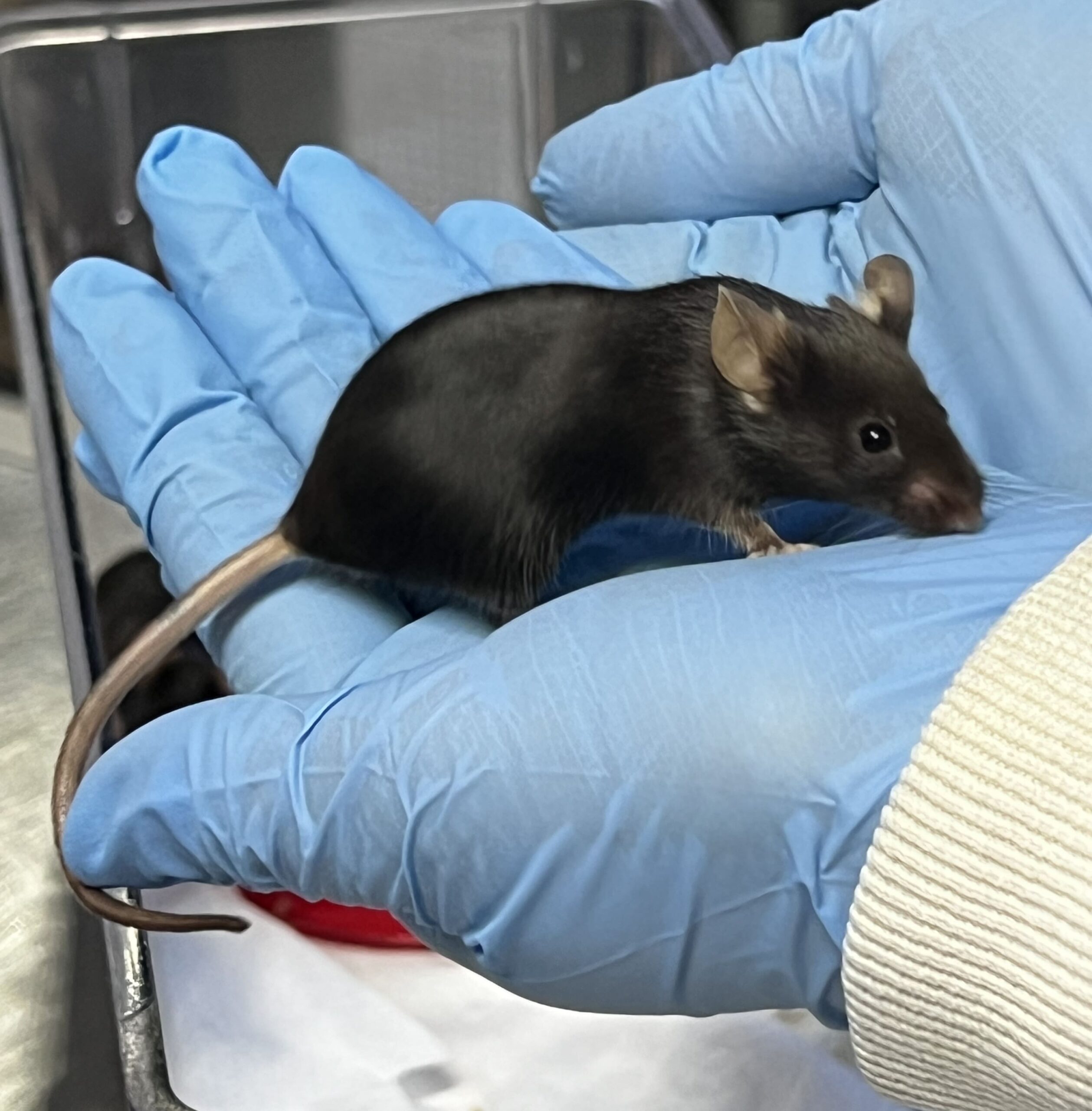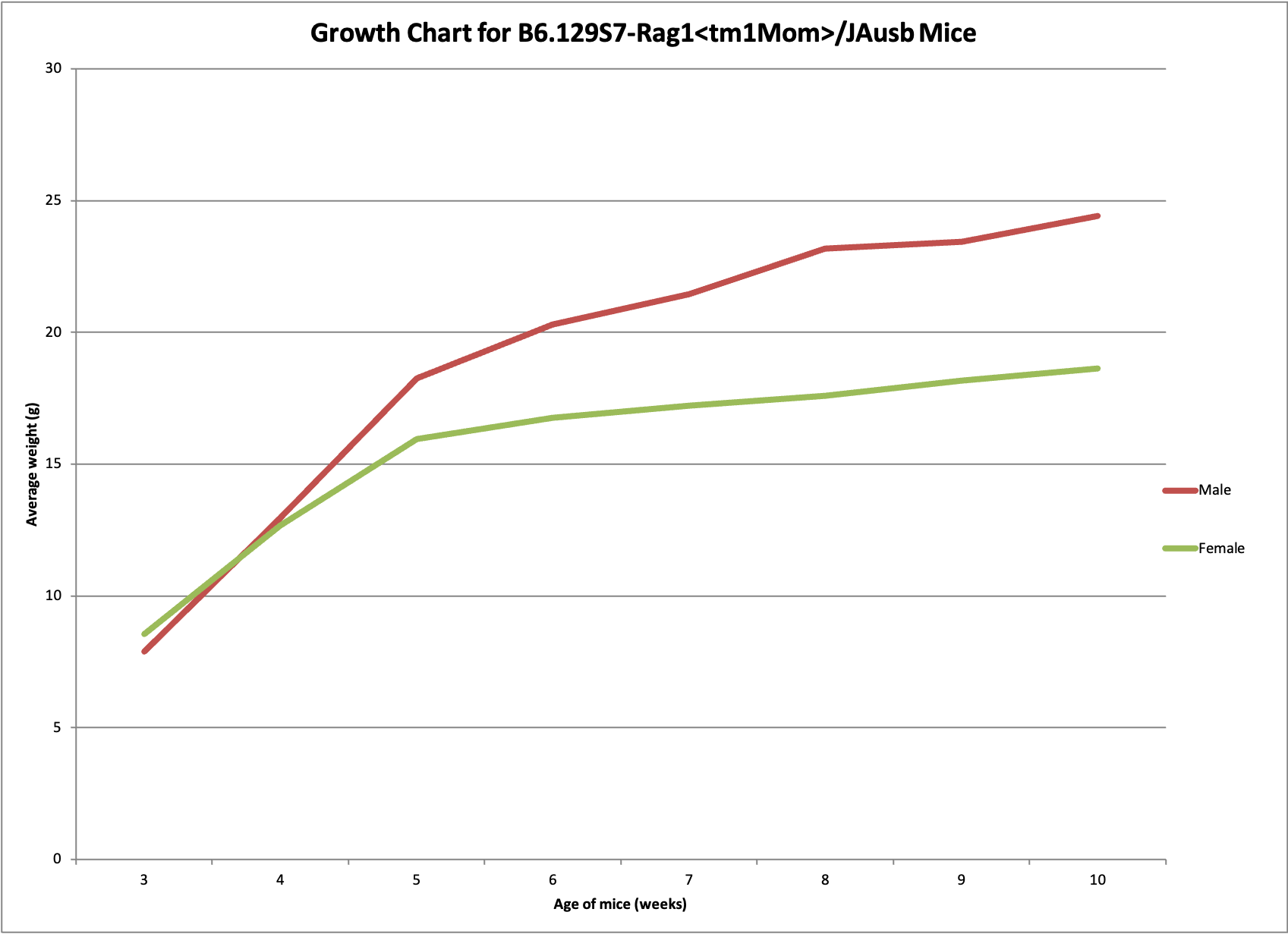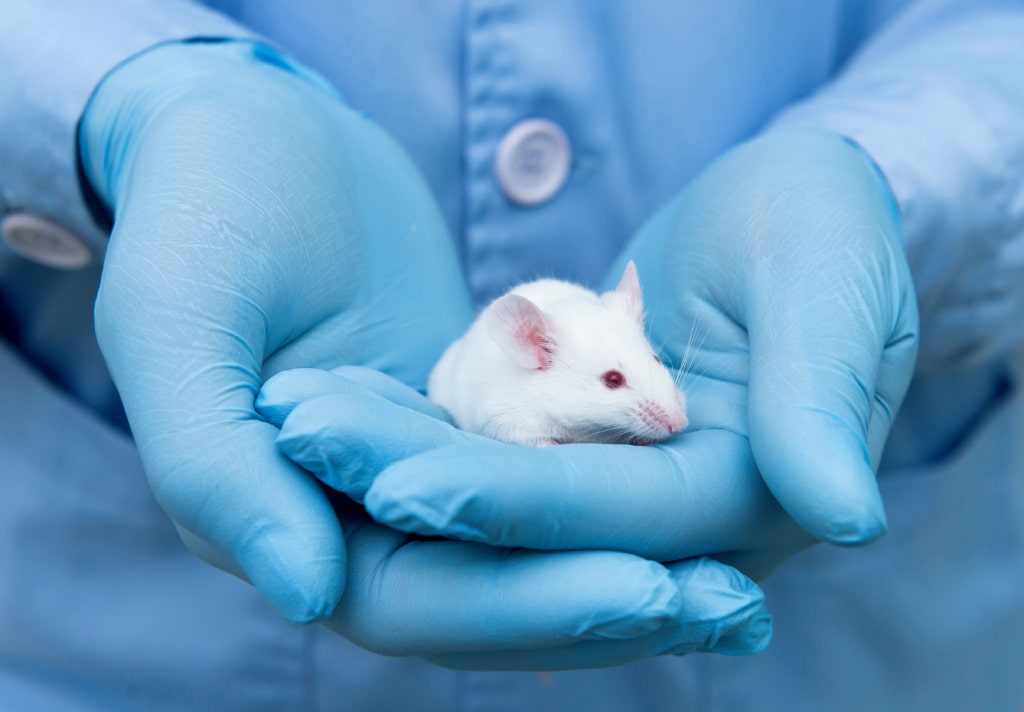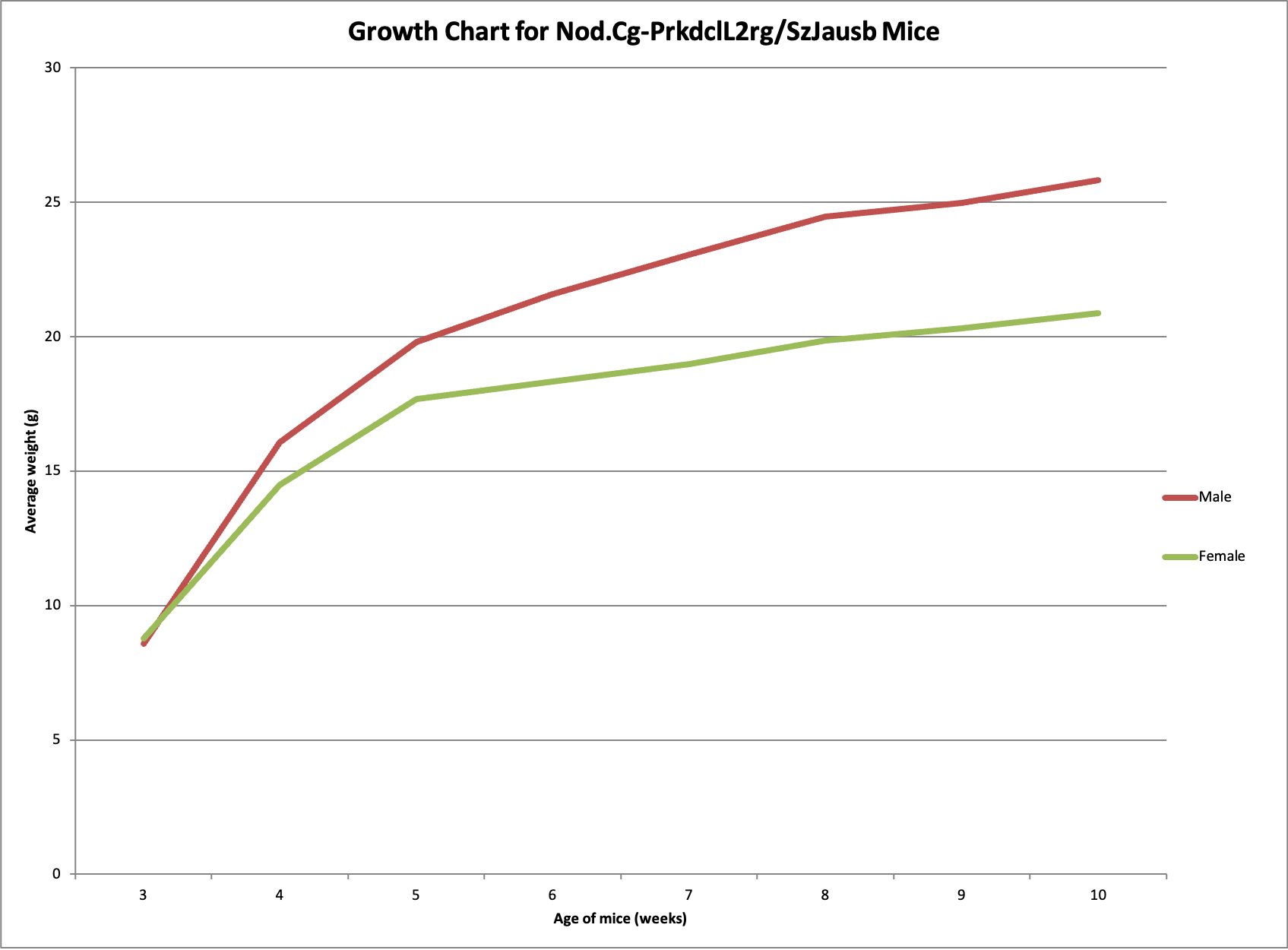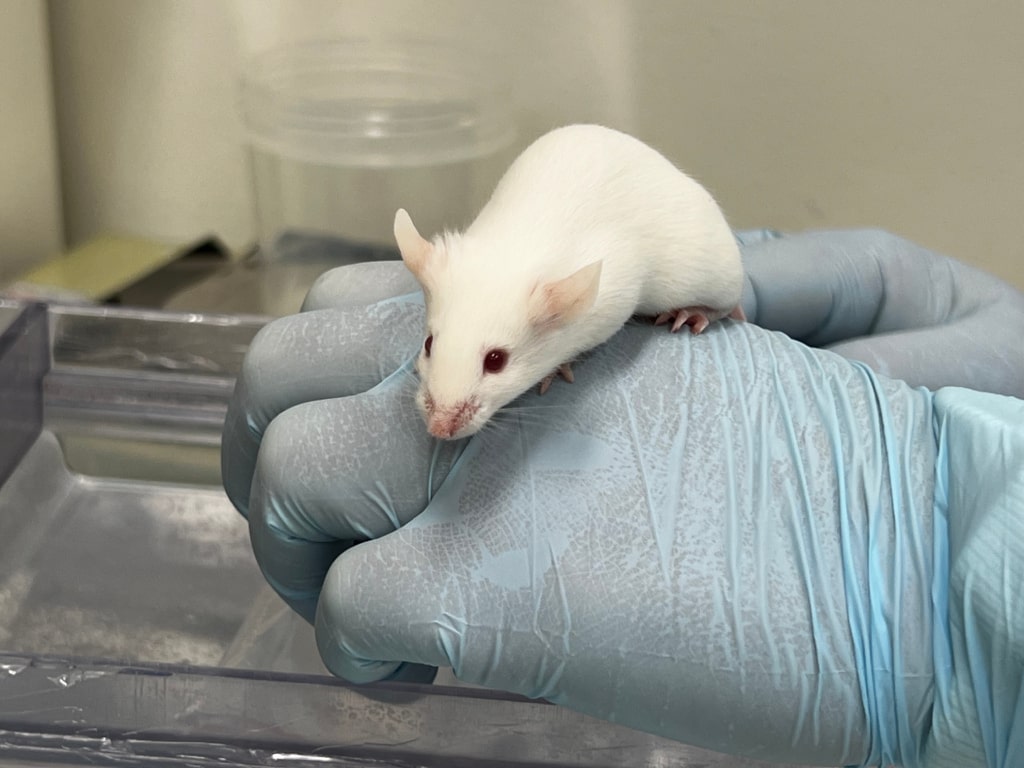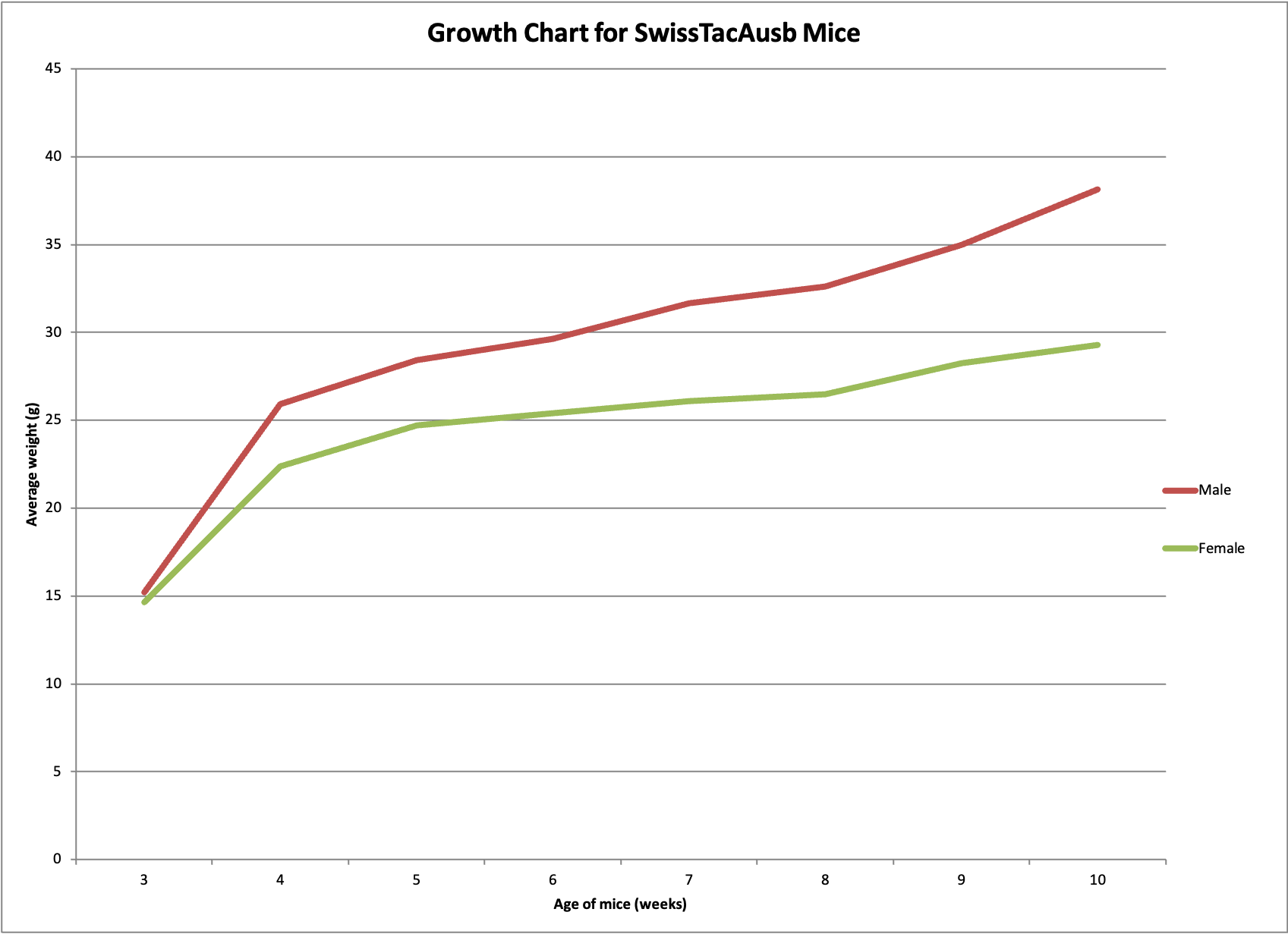ABR breeds a portfolio of commonly used mouse strains to support research. These sales strains are of the highest quality, most sourced from The Jackson Laboratory under a propagation license.
All Sales strains are bred in the maximum barrier at ABR. A more detailed description of the ABR maximum barrier’s operation plus recent health screen results can be found under Health monitoring.
| Type of strains |
Propagation agreement
|
NEW clean colony Estimate available from
|
OLD (Dirty) colony
|
|---|---|---|---|
| Inbred | |||
| BALB/cJAusb | The Jackson Laboratories |
May – low numbers July – full capacity |
Still available |
| C57BL/6JAusb | The Jackson Laboratories |
July – low numbers October – full capacity |
Still available |
| FVB/nJAusb | The Jackson Laboratories |
Full availability now |
Terminated |
| Congenic or mutant | |||
| B6.SJL-PtprcaPepcb/BoyJAusb | The Jackson Laboratories |
Full availability now |
Terminated |
| BALB/c-Fox1nu/Ausb | ABR substrain | October – full capacity | Limited supply |
| Genetically modified | |||
| B6.129S7-Rag1<tm1mom>/JAusb | The Jackson Laboratories | Full availability now | Terminated |
| NOD.Cg-Prkdc<scid>IL2rg<tm1Wjl>/SzJAusb | The Jackson Laboratories | Full availability now | Terminated |
|
NOD.Cg-Rag1<tm1Mom >Il2rg<tm1Wjl>Tg(CMV-IL3,CSF2,KITLG)1Eav/JAusb |
The Jackson Laboratories | Full availability now | N/A |
| Outbred | |||
| SwissTacAusb | ABR substrain | Full availability now | Terminated |
| Type of strains | Propagation agreement |
|---|---|
| Inbred | |
| BALB/cJAusb | The Jackson Laboratories |
| C57BL/6JAusb | The Jackson Laboratories |
| FVB/nJAusb | The Jackson Laboratories |
| Congenic or mutant | |
| B6.SJL-PtprcaPepcb/BoyJAusb | The Jackson Laboratories |
| BALB/c-Fox1nu/Ausb | ABR substrain |
| Genetically modified | |
| B6.129S7-Rag1<tm1mom>/JAusb | The Jackson Laboratories |
| NOD.Cg-Prkdc<scid>IL2rg<tm1Wjl>/SzJAusb | The Jackson Laboratories |
| The Jackson Laboratories | |
| Outbred | |
| SwissTacAusb | ABR substrain |
Note- F1Hybrid mice are available on request using the inbred strains listed above. Contact orders@abr.org.au for more information.
BALB/cJAusb
- Origin – Imported from The Jackson Laboratory in 2013. A refreshment colony was imported in 2024.
- Common name/s – BALB/cJ
- Colour – White
- Haplotype H2K – d
Conditions of use – These mice are sold subject to The Jackson Laboratory’s Conditions of Use and also the Australian Patent Number 2004268530.
C57BL/6JAusb
- Origin – Imported from The Jackson Laboratory in 2011. A refreshment colony was imported 2024.
- Common name/s – C57BL/6J
- Colour – Black
- Haplotype H2K – b
- Congenital abnormalities – Micropthalmia, corneal opacities, hydrocephalus, imperforate vagina and mucometra.
Special characteristics – Develop diet induced obesity, hyperglycemia and hyperinsulinemia. Mice fed an artherogenic diet develop atheroschlerosis. Mice develop progressive hearing loss late in life and are susceptible to noise-induced hearing loss.
Conditions of use – These mice are sold subject to The Jackson Laboratory’s Conditions of Use and also the Australian Patent Number 2004268530.
FVB/nJAusb
- Origin – Imported from The Jackson Laboratory in 2011. A refreshment colony was imported in 2024.
- Common name/s – FVB/n
- Colour – White
- Haplotype H2K – q
- Special characteristics – Commonly used for microinjection to generate transgenic lines.
Conditions of use – These mice are sold subject to The Jackson Laboratory’s Conditions of Use and also the Australian Patent Number 2004268530.
B6.SJL-PtprcaPepcb/BoyJAusb
- Origin – Imported from The Jackson Laboratory in 2013. A refreshment colony was imported in 2024.
- Common name/s – Ptprc, Ly5.1, CD45.1
- Colour – Black
- Special characteristics – Fully backcrossed onto C57BL/6J, this congenic strain carries the differential B cell antigen Ptprc (Protein-Tyrosine Phosphatase), previously known as Ly5.1 and CD45.1.
Conditions of use – These mice are sold subject to The Jackson Laboratory’s Conditions of Use and also the Australian Patent Number 2004268530.
BALB/c-Fox1nu/Ausb
- Origin – Imported from the University of New South Wales in 2008. This is an ABR substrain. Rederived on Astro Free mice in 2024.
- Common name/s – BALB/c nude or nude
- Colour – White (het) or hairless (hom)
- Special characteristics – The deficiency in T cell function allows athymic mice to accept and grow xenografts as well as allografts of normal and malignant tissues. Tissues from the BALB/c nude can be transplanted onto normal BALB/c mice. The autosomal recessive nude gene in homozygous (nu/nu) mice causes the lack of fur and an abnormal thymus. Heterozygous (nu/+) animals carry the recessive nude gene on one chromosome only and therefore have a normal thymus triggered immune system.
B6.129S7-Rag1 < tm1mom > /JAusb
- Origin – Imported from The Jackson Laboratory in 2015. Last refreshed in 2024 on Astro Free mice.
- Common name/s – Rag 1 KO
- Colour – Black
- Special characteristics – Initially developed by Dr Peter Mombaerts in the lab of Dr Susumu Tonegawa at MIT, the Rag1
mutant strain produce no mature T cells or B cells. The phenotype can be described as a “non-leaky” immunodeficiency.
Conditions of use – Rag1 KO mice are sold subject to The Jackson Laboratory’s Conditions of Use and also the Australian Patent Number 2004268530. These mice are available for academic and non-profit organisations only. However, commercial clients require a MMIT commercial licence.
NOD.Cg-Prkdc < scid > IL2rg < tm1Wjl >/SzJAusb
- Origin – Imported from The Jackson Laboratory in 2014. Last refreshed in 2024 on Astro Free mice.
- Common name/s – NSG, NOD scid gamma
- Colour – white
- Special characteristics – https://www.jax.org/strain/005557 NSG mice combine the features of the NOD/ShilLtJ background, the severe combined immune deficiency mutation (scid) and IL2 receptor gamma chain deficiency. These mice lack mature T cells, B cells, or functional NK cells, and are deficient in cytokine signalling, leading to better engraftment of human hematopoietic stem cells and peripheral-blood mononuclear cells than any other published mouse strain.
Conditions of use – NSG mice are sold subject to The Jackson Laboratory’s Conditions of Use and also the Australian Patent Number 2004268530. Please note that these mice are available to non profit research institutions without an MTA. However, commercial clients require a LEAP licensed agreement from Jackson Laboratory.
SwissTacAusb
- Origin – Imported from Taconic in 2009. This is an ABR substrain. Rederived on Astro Free mice in 2024.
- Common name/s – Swiss
- Special characteristics – This strain is known for its large litters and excellent mothering abilities. Frequently used as a recipient mother for embryo transfers.
- A background finding with this strain is a mild to moderate incidence of cystically dilated tubules in the kidneys. While this is not associated with renal dysfunction, it may be noted during routine histopathology.
NOD.Cg-Rag1tm1Mom Il2rgtm1Wjl Tg(CMV-IL3,CSF2,KITLG)1Eav/J
- Origin – Imported as Astro Free mice from Jackson Laboratory in 2024
- Colour – White
- Common name/s – NRGS (NRG-SGM3)
- Special characteristics – https://www.jax.org/strain/024099 NRGS (NRG-SGM3) mice are (NRG) animals expressing human interleukin-3 (IL-3), human granulocyte/macrophage-stimulating factor (GM-CSF) and human Steel factor (SF) from the SGM3 (3GS) triple coinjected transgenes. NRGS mice may be useful for cell or tissue transplantation studies on a background expressing human cytokines, particularly as a model for human lymphohematopoietic cell engraftment studies that require a radioresistant host.
Conditions of use – NSG mice are sold subject to The Jackson Laboratory’s Conditions of Use and also the Australian Patent Number 2004268530. Please note that these mice are available to non profit research institutions without an MTA. However, commercial clients require a LEAP licensed agreement from Jackson Laboratory.
